I saw this video by an engineer- and who am I to question an engineer, right? — but after watching this video, I have to disagree with the guy. It’s a rather long video, but take a minute to watch it and tell me what you think…
I think the flaw in this “Queueing Theory” is that we’re talking about PEOPLE. Not probabilities.
OK, you ladies who shop- you probably know what I mean when I explain the following:
Would you rather, as a shopper, stand in ONE LONG line as shoppers are corralled like cattle, one by one to various checkouts (like in the banks?).
:bangwall:
Or would you rather take your chances and choose the checkouts yourself, reaping the consequences of a good or bad decision? I would much rather do the latter.
This “queueing” of shoppers does not get shoppers out of the stores more quickly. As a matter of fact, it would delay us, because this method of queueing “dumbs down” everyone into the same, slowly-progressing line.  It just spreads the slowness evenly. This method seems is fine for sorting beads for a necklace, but it is not suitable for decision-making people who want to get out of the checkout lines. Am I making my point clearly? It’s a little difficult to write about it- I feel compelled to wave my hands and talk because I don’t know quite how to express myself with words here.
It just spreads the slowness evenly. This method seems is fine for sorting beads for a necklace, but it is not suitable for decision-making people who want to get out of the checkout lines. Am I making my point clearly? It’s a little difficult to write about it- I feel compelled to wave my hands and talk because I don’t know quite how to express myself with words here.
Additionally, this queueing method of corralling shoppers doesn’t speed anything up but may actually slow things down, especially when a checkout line is delayed, because in the end, EVERYONE WAITS. Everyone waits equally, but everyone is forced to wait equally together.
So I don’t see how this method speeds up anything. However, it does give the perception of speeding up the checkout, because everyone is in the same big, long line waiting together, and no one is jealous of anyone else speeding through quickly. So if anything, this method appears to be more behavioral science than speedy mathematics. People are PEOPLE, we like to “get lucky” and get a fast checkout lane. We are not robots or telephone lines to be penned in and dispensed like PEZ candies.
I am uncomfortable being a cog in a machine, lol. :gangpunch:
What do you think? :smarty:




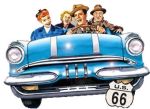 Life is never dull, and exciting things just seem to always happen to me... why me... when I'm not running around the house fixing things, I'm a freelance writer for national media outlets like USAToday.com, Salon.com, and others. I've even been interviewed by TIME and The Wall Street Journal about blogging. Can you believe it?! Here is where I express my zany, creative, motherly side.
Life is never dull, and exciting things just seem to always happen to me... why me... when I'm not running around the house fixing things, I'm a freelance writer for national media outlets like USAToday.com, Salon.com, and others. I've even been interviewed by TIME and The Wall Street Journal about blogging. Can you believe it?! Here is where I express my zany, creative, motherly side. 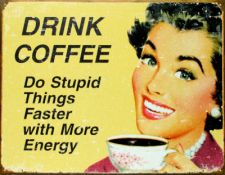
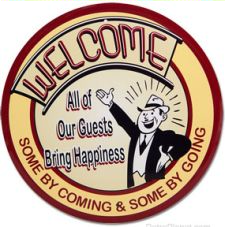
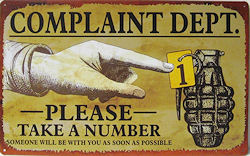



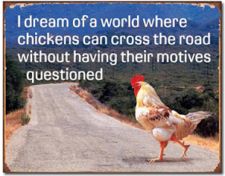







January 16, 2011 at 6:45 pm
I would have to say, that, although it would seem just to give the perception of a faster line, it definitely would be helpful in the case where one cashier helping the guy in front of you has an error with the system, and makes you wait 20 minutes before helping you out. If one register is temporarily down, at least you could head over to the next one down the line instead of waiting. I do see your point, though. 🙂
Mike
January 16, 2011 at 6:55 pm
Right- with the “free flow” method, you can change your lane as often as you want. But if you are a PEZ candy stuck in the middle of a queue of 20 people, you are STUCK there. You’ve probably been to Best Buy or Toys R Us or a bank. You know what happens when you leave the corral and then come back… you start all over again, with a dozen people ahead of you.
Overall, it makes EVERYONE in the queue move along like clockwork, but it does not take into account the fluidity and flexibility that people- as human beings- prefer. Moreover, while the entire segment of people in the queue may be moving along speedily, as an individual waiting in line, the line takes longer.
To me, this queue method is a little socialistic. It dumbs everyone down to the same slow (individual) level for the sake of the larger (perhaps speedier) system. Human nature does not work this way.
January 16, 2011 at 7:18 pm
Yeah, I see what you mean.
Mike
January 17, 2011 at 9:02 am
I’m glad Rebecca used the socialistic word-because that’s exactly what I was thinking.
January 17, 2011 at 11:53 am
That certainly explains a lot. I enjoyed the post & video.
January 26, 2011 at 6:51 am
I must disagree with you here. I prefer the one big line like in banks because when there is a choice of lines, I seem to always choose the one that gets stuck.